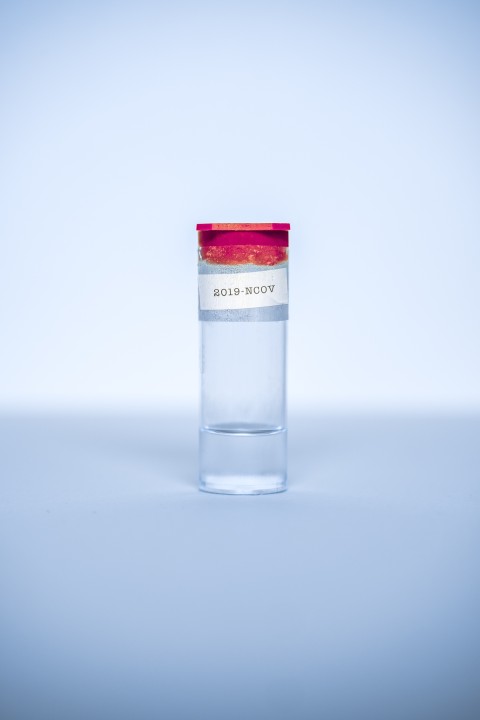Coronavirus ushers in new era of collaboration among scientists

In a conference room in Washington, D.C., a dozen epidemiologists huddle over a computer monitor. On the screen, a map of self-reported data from test labs around the world shows a lethal strain of avian influenza originating in Asia.
They summon their colleagues—data scientists, economists, and sociologists. What could happen if the pathogen isn’t contained? They build a series of simulations. The US poultry trade will be impacted, as will soybean farmers. Travelers from Asia will need to be monitored; a new vaccine might need to be produced. An alert goes out so that the Centers for Disease Control and Prevention and the US Department of Health and Human Services can prepare.
That’s a hypothetical example of what an infectious disease forecasting center, housed inside the US government, might do. The center, however, doesn’t exist.





